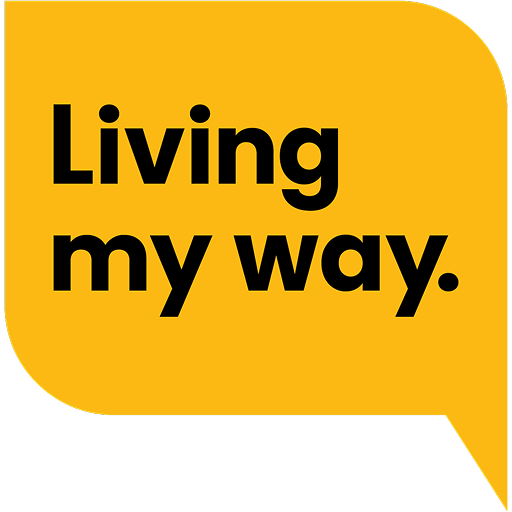Accessibility at all venues and gatherings of people with disability must be given important consideration. Events such as an open-air concert, a sporting event, or a conference need to be inclusive and easily accessible for everyone. It is more than providing a ramp or providing enough space for a wheelchair to pass through. Event organisers must be able to plan accordingly and consider how to provide proper accessibility in a venue to integrate safety and convenience to any gathering.
It’s important to remember that accessibility benefits everyone – a ramp is helpful to all at a venue, but stairs prevent some people from accessing venue!
An event accessibility checklist can help in planning for an event either indoor or outdoor. This will help reduce the risks of potential hazards for people with a disability and provide convenience when moving throughout the venue. Here is an event accessibility checklist that you could use as reference.
Accessible Events Checklist for Organisers
1. Venue
- Ramps are available at the venue for easy access to different areas, with weather protection if possible.
- Wide hallways and aisles that allow wheelchairs or mobility scooters to easily turn around.
- Elevators or lifts are accessible on each floor.
- Automatic doors are functioning.
- Good lighting.
- Slip resistant ramps and handrails and or lifts.
- Seating with arms available.
2. Parking Space
- Sufficient disability marked parking spaces near the entrance of the venue.
- Clear and wide pathways in the parking area for easy entrance and exit into the venue.
3. Walkways
- Paved and open walkways for easy and safe wheelchair or mobility scooter access.
- Absence of any tripping hazards like wires, cables, curbs, and potholes, among others.
- Availability of mobility aids like a walker or cane.
4. Wheelchair Location
- Wheelchair locations combined with the general seating areas.
- A companion seat available next to each wheelchair location.
5. Bathrooms
- Ambulant toilet facilities for people with ambulant disabilities such as those that use walking frames.
- Accessible toilets facilities for people who use a wheelchair to enter and move around and may need some assistance in the bathroom.
- Grab rails inside the toilet.
- An accessible sink – a basin high enough / with clearance for a person using a wheelchair; taps with lever handles, sensor plates or similar; soap within easy reach.
- Hand operated paper dispensers or hand dryers at an appropriate level.
- Easily located throughout the venue and able to be accessed with and without assistance.
- Signage includes braille for people with vision impairment.
6. Other Essentials
- Signage large enough to read and in various formats with strong visual contrasting.
- Reserved seating close to the speaker and interpreters for those who have hearing and/or vision impairment.
- Videos must be captioned.
- Captions can be displayed on a large screen at the front of the room.
ALSO READ: Building Connection and Social Inclusion
Accessibility to all gatherings must be inclusive for everyone including people with a disability. A venue should be wide enough for a wheelchair to pass through. Accessibility could also be a problem if there are no ramps at the entrance and exit points.
All concerns related to accessibility should be closely considered when planning and organising events so people with disability can fully participate and have access to all of the required facilities throughout the gathering. An event accessibility checklist helps remind organisers to consider the inclusion and needs of people with a disability.
Living My Way has been offering NDIS Disability Support Services since 1992. Its Support Workers are well-trained to provide personalised support and the highest possible level of care. Enquire now about Living My Way’s qualified Support Workers.
